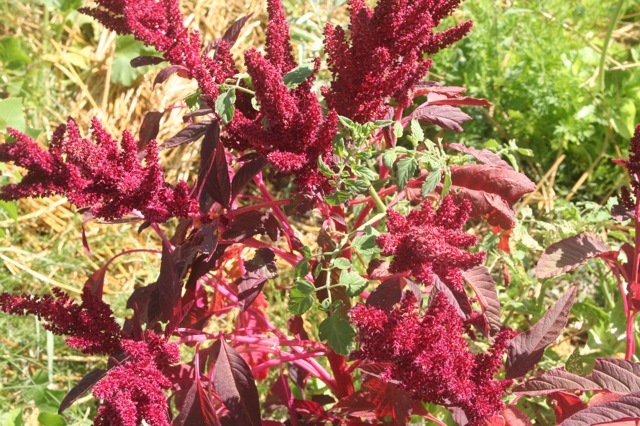Food For Thought: Going To Seed
Enlightened Chaos In The Garden


A plant gone to seed has its own kind of beauty.
Ari Levaux

The tangle of a bolted garden offers the thrill of discovery.
Ari Levaux








